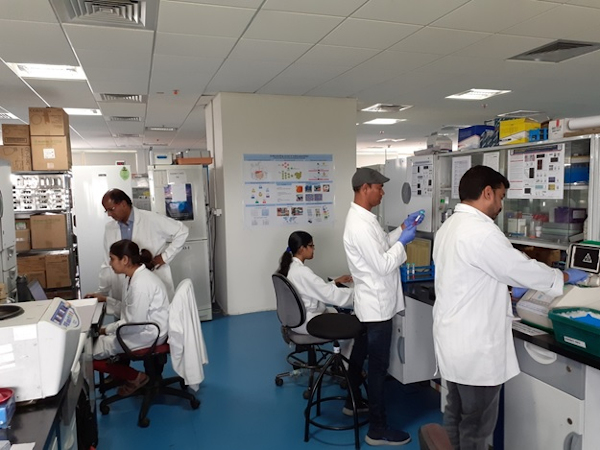ISRO Enters X-band Telemetry & Command Regime with New 18m Antenna
The Indian Space Research Organisation (Isro) has commissioned a new 18m antenna, which for the first time, allows the space agency to conduct telemetry and command operations on the much faster X band (frequency). So far, Isro only used X band for payload data downloading and used the S band for telemetry and command.








